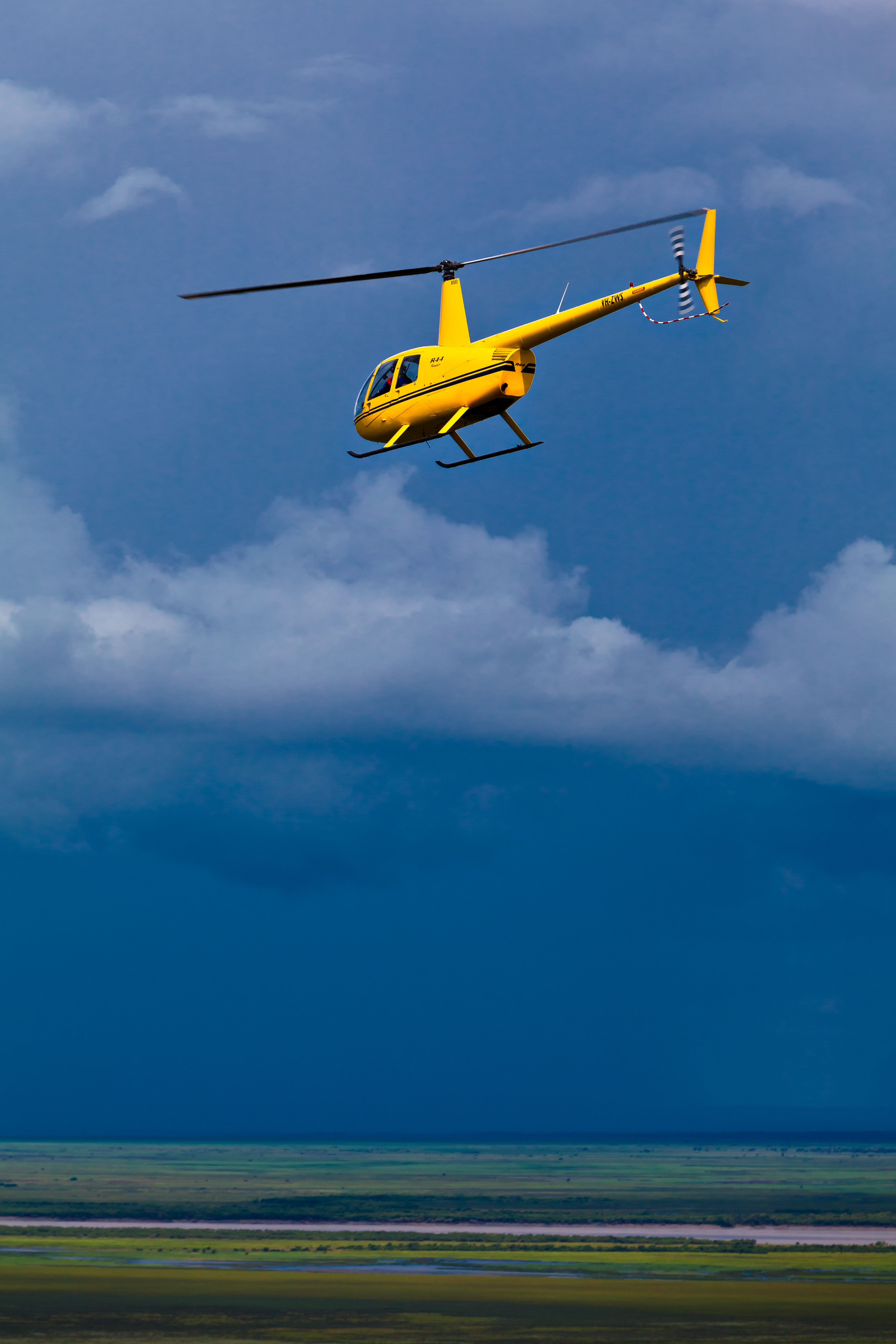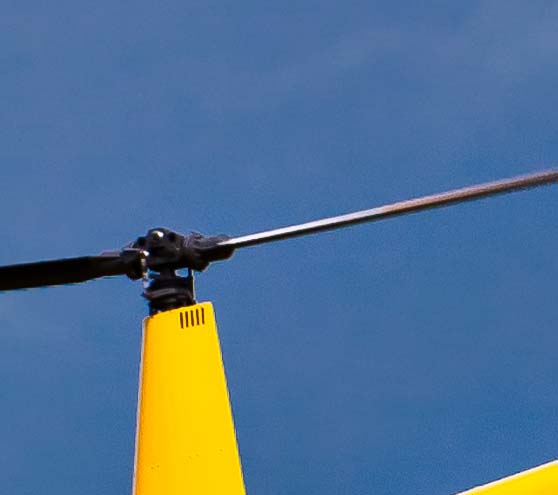- Home
- Stock Contributors
- Discussions
- Re: Dear Adobe Stock - please use a human rather t...
- Re: Dear Adobe Stock - please use a human rather t...
Copy link to clipboard
Copied
I accept and wholeheartedly support that Adobe needs to apply a high level of quality control for the stock images it markets. I also accept that the commercial value or desirability of images are very subjective and even technically good images may be rejected due to duplication or over representation within Adobes catalogue.
What I do not accept is when an image is rejected due to so called artifacts or out of focus when the image is clearly effected by neither. Having uploaded a large number of images, all taken with professional quality cameras, carefully processed (moderately) and checked at 100% (often more) to confirm no artifacts, aberrations, noise, exposure issues etc. plus checking for sharpness and focus on a high resolution calibrated monitor. Many of these images have been printed at large format and display no such issues. Others have already been used in both print and digital media without issue elsewhere.
It is so frustrating to put in numerous hours tagging photos (especially since the transfer of keywords from Lightroom isn’t complete) only to have them bulk rejected (clearly by machine given the timing) with dubious rulings. Initially I went back into a few images, double checked them, confirmed no issues. Then uploaded again. For some a different so called technical error, others the same again.
Whats more surprising images I considered marginal for IQ passed without issue! I'm not talking about asthetics, commercial or subject matter here, but based on technical aspects.
Perhaps Adobe could allow us to bulk upload and check our images for a pass or fail on their machine screening before we went to the trouble of tagging and naming them? Whilst this wouldn’t change the rejection ratio, it would save us lots of time.
For me, I’m going to stop wasting my time with Adobe and utilise a competitor market my stock photos. One that actually uses a human to check image quality. With several hundred more images to upload the returns for the effort are just not viable with Adobe. Time better spent on capturing fine art images which yield a greater return.
 1 Correct answer
1 Correct answer
Hi,
Without any additional magnification of these two photos, I immediately saw the problems VP expressed and then some.
I have helped many excellent (artist) juries select artwork for entry into competitions and let me say, the jurors often run through the slides, of all media artwork, taking no more than a second or two on each slide. I have actually stopped the judging and asked them to take a second look at an exceptional piece. There is a mindset with every judge, they have decided what the t
...Copy link to clipboard
Copied
Hi,
I don't think Adobe Stock rejects pictures deliberately, because they earn their money with them and therefore want to have and sell as many pictures as possible in their database.
The technical, pictorial and legal requirements for a commercially usable image are defined by Adobe Stock and will be applied accordingly by the selectors in their evaluation.
Believe me, there are many examples here in the forum, in which offerers think their pictures are error-free from their point of view, and with concrete consideration it turned out again and again that they actually were not. One thing I learned in my time here as a provider, the eyes of the photographer on his own work can very often be blind on one eye.
It doesn't matter what you see on your monitor, but what the selectors see on hers matters, and I don't think they are of bad quality.
The keywords and titles of the image must also be checked by the selectors, so that subsequent indexing after approval would only require a further check. That doesn't make much economic sense to a company, I mean.
Greets,
v.poth
Copy link to clipboard
Copied
I understand and am fully aware of photographers bias. My point is the frustration and wasted effort in submitting photos which have been checked against the guidelines and on professionally calibrated equipment only to be rejected.
I would argue the claim that humans are doing the bulk of the checking. There are plenty of examples where rapid rejection suggests otherwise.
Humans can distinguish noise from sand, mist and spray.... Like wise deliberate soft focus or speed blur images that get rejected for focus issues.
Copy link to clipboard
Copied
So many words here about how the stock is selected or rejected. I do not see why one is so put off at the thought of a finely tuned computer scanning our work. Not that Adobe uses machines and not real people. I do not know for sure, and I do not care either way. I have trusted my life to computer finding a deadly growth in my body - no human could see it.
Honestly now, Adobe has set the standards and precisely written them out. They are a well-respected company. They know what works for them. Why waste guesses and fussing about a done deal. Live with it or not. Remember, Adobe is unlike any other stock buyer and seller.
I do not care what they use to review my submitted work. I spend more time reading about each rejection - I find my errors. I submit a corrected work. It is often accepted as corrected. Why not see if you can work with human or machine. Our world is integrated - both serve a role to the end goal. Our future is more computers, not fewer.
Your rejections are not meant to cause you anger or doubt or pain for the artist. Adobe simply has a standard for its unique clientele.
You are free to choose. Let's remember who is in charge here. Rants will not change a thing. DIscussions and learning will get your stock accepted. JH
Copy link to clipboard
Copied
Perhaps I have not articulated my frustrations clearly enough.
I actually have no issue with machine analysis of images as a first past screening. However I would expect that all rejections should be then further scrutinised by a qualified competent person to ensure that the algorithm hasn't misinterpreted texture as noise etc. I come from a technical back ground and am very aware of the limitations of such technology, so am under no illusions of their capability good or bad. I fully support the integration of machines, including the utilistation of the rapidly developing field of AI. Perhaps my subject title was poorly chosen out of frustration. Maybe it should have read "Dear Adobe, please confirm my submissions with a human prior to final rejection". Then again perhaps they do...
The frustration is more of consistency. Although perhaps if humans did review each and every image then we may actually see more frustration through inconsistent application of rules.
I'm absolutely ok with rejections and thus far my rejection rate is relatively low. I have no objections to rejections that clearly do not meet quality standards, are non commercial, over represented or perhaps too creative. My issue is where an image contains no chromatic aberrations, is sharp, in focus, displays no noise, isn't overly saturated or ay other processing induced artifacts etc when viewed at 100%.
This is in accordance with the guidelines for submission and shouldn't be rejected on that basis. I'm absolutely fine if the image wasn't well composed, has limited appeal or non commercial etc. Whilst potentially subjective, it is what it is, and I accept that.
Any way, I'm not ranting, just expressing a frustration. I agree it is entirely up to me whether or not I chose to continue to submit or not. I also agree that venting frustrations here or even discussing a particular example image will not change a thing.
All good, such is life.
Best wishes to you all.
Copy link to clipboard
Copied
Attached is a sample image that was rejected on the basis of Artifacts (aberratiosn, nosie, dust etc).
I have viewed the raw file and subsequent jpeg and can see no evidence of any of this.
Note I by no means think this is a good image. I normally concentrate on fine art landscapes, but occasionally fire off the odd shutter release on things that I feel may be suitable for stock images. Although I'm not entirely convinced it has real commercial value or composed well and may have benefited from focus stacking. Perhaps the pebbles are not uniform enough, odd shaped etc. It was taken for one reason only, to serve as a potential background graphic only. Converted to black and white or cropped to taste or application. Opacity reduced or used as an overlay.
Exif data is iso 100, 0.4s @ f8 @ a FL of 95mm, on a tripod mounted, full frame camera using a quality professional lense.
But remember it wasn't rejected for commercial, aesthetic or specific technical issue other than artifacts.
Can somebody please show me the artifacts? I can't see any noise, chromatic aberrations or dust in this image. Perhaps I need new glasses?
Would it be possible that the grain of the pebbles has been interpreted as noise or perhaps some of the markings on the rocks as dust?

Copy link to clipboard
Copied
Another rejected image due to "Artifacts".
From what I can see the helicopter is reasonably sharp, besides the rotors. Focus is acceptable, but could be possibly better (difficult shooting a moving chopper whilst in another).
However remember this was rejected on the basis of Artifacts. Not focus, not exposure, not composition, not aesthetics, not commercial value and not any other technical aspect.
I have looked at both the raw and jpeg extract (and a tiff) and cannot see any noise, abberations or artifacts.... Even at 200%.
Could it be that our images are getting compressed with losses or introduced artifacts when downloaded into Adobe?
Or as in the pebbles, perhaps I do need new glasses?

Copy link to clipboard
Copied
Hi,
I see in the 200% view strong noise in the sky and chromatic aberration around the contours of the helicopter.
Here too, I think the rejection by the selector is justified.
Another thing is certainly the unique identifiability of the helicopter by the text on it. I think you also need a property release here.
Greets,
v.poth
Copy link to clipboard
Copied
Hi,
Adobe may well be picky, but for good reason!
I had look, and I think they do know what to look for! (I trust that they do)!
For example, your pebble image does show signs of what may be regarded as artifacts/noise. This was however blown up to 200%.
I would play around in Photoshop with sharpness and noise a bit and see if you can improve it.
Not too sure about focus though, that could also be another issue!

As for your helicopter:

I think it show signs of artifacts/noise as well. Take note along the rotor! This is a bit more noticeable than in the pebbles image.
Sometimes, one only notices these things when it is pointed out.
However, regarding artifacts rejection can be hard. Sometimes for me it's 50/50. Sometimes it can be fixed, and you can resubmit, other times it gets rejected again and sometimes it is just not worth the effort!
Hope this helps. ![]()
Copy link to clipboard
Copied
Very nice of you Rickey336 to offer this detailed reply. Maybe these can be fixed. JH
Copy link to clipboard
Copied
Hi,
a problem with Focus Stacking is depending on how many images you combine here with the software that can result in an irregular depth of field. This seems to me to be the case in this picture. Some blurred areas in the image maybe have been interpreted by the selector as artifacts. Example:
One should pay attention to check the even distribution of the depth of field in focus stacking shots carefully, as the software processing can result in several image errors with regard to joining and fading.
Greets,
v.poth
Copy link to clipboard
Copied
Hi,
Without any additional magnification of these two photos, I immediately saw the problems VP expressed and then some.
I have helped many excellent (artist) juries select artwork for entry into competitions and let me say, the jurors often run through the slides, of all media artwork, taking no more than a second or two on each slide. I have actually stopped the judging and asked them to take a second look at an exceptional piece. There is a mindset with every judge, they have decided what the trend is and what they want in the show. I stopped entering competitions long ago because of the bias of judges. GIve me a neutral machine anytime.
To your photos above, I would have to look at each rock to determine where the noise and soft edges are. That takes too much time-- if I have to review 900 photos in one sitting. So, reject it to save time, maybe.
VP offered expert information for you. He did not say these photos could satisfactorily be fixed.
You sound like a reasonable guy with a sense of humor and I believe you will be back with even better work.
Best regards, JH
Copy link to clipboard
Copied
Hi,
I can understand your frustration very well and I think all providers know this feeling. One puts a lot of work into his image production and money into his equipment and often no longer understands the world why this or that image was now rejected.
But one should not make a mistake, especially as a beginner where there is a high rejection rate, if one wants to improve his acceptance rate: To ignore the reasons for rejection and not to try to regard these as help to learn with the time what kind of pictures to upload should have a good chance to be accepted. This learning process takes time and here you have to fight your way through, persevere, and don't let yourself be discouraged.
After that you will also get to another point that will occupy you and possibly frustrate you, namely the sales figures of the pictures. The acceptance is only the first step and is no sales guarantee. And also here there is again a learning process which one must go through which also needs again its time.
There is a saying that is often quoted here in the forum: "The road to success is not a sprint, but a marathon".
Greets,
v.poth
